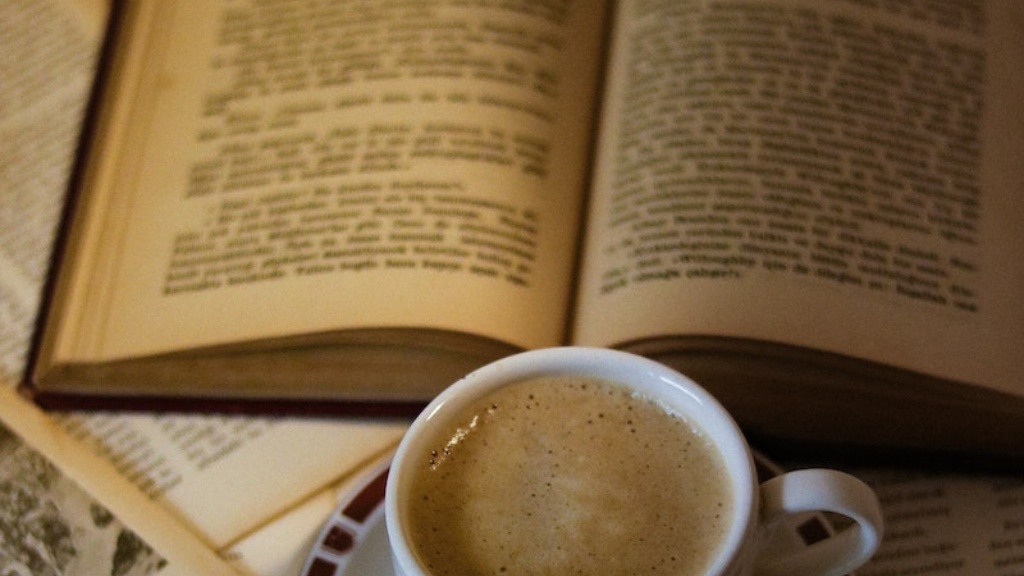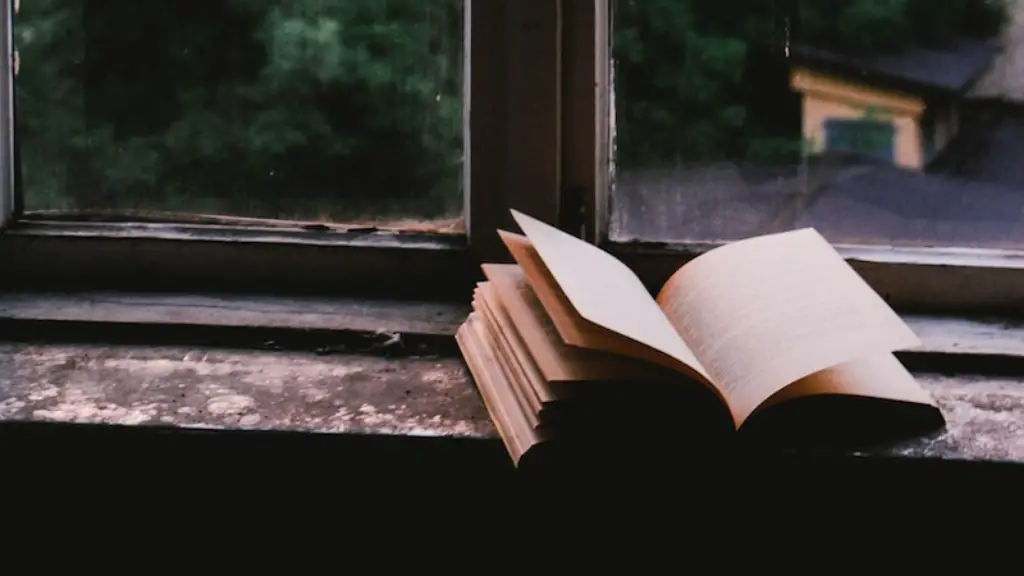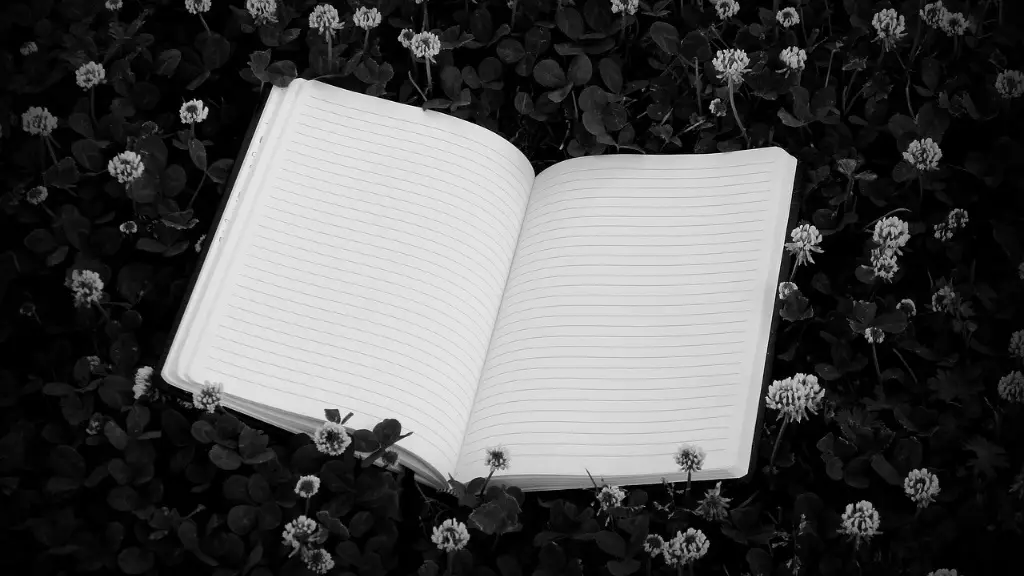Background of Romantic Movement in Poetry
Romanticism, also known as “the Romantic period” or “the Romantic era,” is one of the most widely-researched areas of literary history. It started in England in the late eighteenth century and lasted until the mid-nineteenth century. The romantic period in poetry is characterized by a deep appreciation of nature, emotional intensity, an exploration of imagination, a focus on exploring inner worlds, an expression of emotional and spiritual self, and most importantly, a criticism of the dominant social and political ideas of the period. Many of the most renowned and influential poets of the period were passionate romantics, including William Wordsworth, Lord Byron, Shelly, Keats, and John Clare.
Common Poetic Themes of the Romantic Movement
The common themes expressed by romantic poets often revolved around the appreciation and admiration of nature, alienation from society and the exploration of inner feelings, emotions, and imagination. The poets exhibited a deep reverence and love for nature and proposed that an individual can be intensely affected and inspired by the trees, mountains, rivers, and other natural elements. They also conveyed a sense of alienation from society and proposed that an individual should be allowed to explore their own feelings and emotions even if it goes against established social conventions. Moreover, the poets expressed a great admiration for the power of imagination, creativity and the potential of human expression.
Literary Elements of the Romantic Movement
Romantic literature was often characterized by a focus on nature, the exploration of emotions, the breaking away from social conventions, and plenty of symbolism. Many of the poems written by romantic poets featured descriptions of the beauty of nature as a means of highlighting the power of emotion. The poems were often lush with metaphors and imagery as the authors sought to express the depth of feeling in words. They also used a variety of poetic styles including sonnets, odes, and blank verse.
Impact of the Romantic Movement on Modern Literature
The impact of the romantic movement on modern literature is immeasurable. Its focus on the imagination, exploration of emotions, and admiration for nature have been echoed in the works of many contemporary authors. In modern literature, the themes and ideas of the romantic period are still prevalent, though the approach and style of expression may vary.
Evaluation of the Romantic Movement in Poetry
The romantic movement in poetry has been highly praised for its focus on emotional intensity, inner exploration, and appreciation of nature. It was also seen as a radical departure from the dominant neoclassical conventions of the period, with its emphasis on emotional expression, symbolism and evocative language. The impact of the movement on modern-day literature is undeniable, with its focus on emotion, imagination, and nature.
Innovation of Poetic Styles in the Romantic Movement
The poets of the romantic movement made numerous significant innovations to poetic styles. This was particularly evident in the use of lyrical forms such as the sonnet, ode and blank verse. They also made use of narrative forms to tell stories with high emotional intensity such as ballads and epics. Moreover, they experimented with various techniques such as original metaphors and images, vivid descriptions, and linguistic playfulness.
Development of the Concept of Nature
The romantic poets made a significant contribution to the development of the concept of nature. Unlike the traditional perspective on nature as something to be dominated and conquered, the romantic poets believed that nature had the capacity to evoke strong emotions of reverence and admiration. They used descriptive language and imagery to illustrate the beauty and sublimity of nature.
Use of Metaphor in the Romantic Movement
The use of metaphor was a common feature of romantic poetry. Metaphors were used as a means of conveying complex ideas and feelings in a vivid and evocative manner. For example, Wordsworth often used imagery of natural elements such as the sea and clouds to illustrate the power of emotion and imagination.
Exploration of Imagination and Creativity
The romantic poets explored the power of imagination and creativity in their works. They believed that deeper truths about the world could be revealed through the power of imagination and the creative use of language. As such, the poets used poetic devices such as personification, allegory, and imagery to express deep emotions and ideas.
Criticism of the Dominant Political and Social Ideas of the Period
The romantic poets often expressed a criticism of the dominant political and social ideas of the period. They argued against the traditional values of faith, conformity, and rigid social structures. Instead, they proposed that individuals should be allowed to explore their own feelings and emotions and express them in their works.
Influence on the Emergence of the Gothic Genre
The romantic poets had a significant influence on emergence of the Gothic genre. The emphasis on emotion and inner exploration in romantic poetry inspired the creation of novels and stories that featured dark themes and supernatural elements. Moreover, romantic poets such as Wordsworth and Coleridge were pioneers of the Gothic genre, using their works to explore mysterious and supernatural elements.


